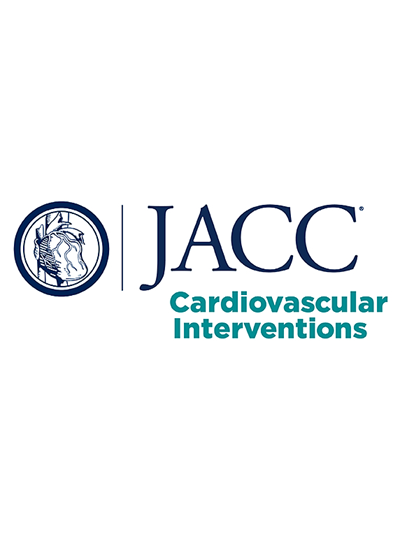Tricuspid Regurgitation Disease Stages and Treatment Outcomes After Transcatheter Tricuspid Valve Repair
IF 11.7
1区 医学
Q1 CARDIAC & CARDIOVASCULAR SYSTEMS
引用次数: 0
Abstract
Background
Tricuspid transcatheter edge-to-edge repair (T-TEER) has emerged as a treatment option for patients with severe tricuspid regurgitation (TR). However, randomized trials have not shown a survival benefit, possibly because of the inclusion of patients in an early or too advanced disease stage.
Objectives
The authors sought to investigate the association between disease stage and outcomes following T-TEER.
Methods
In total, 1,885 patients with significant TR were analyzed, including 585 conservatively treated individuals and 1,300 patients who received T-TEER. Patients were evaluated as part of the prospective EuroTR (European Registry of Transcatheter Repair for Tricuspid Regurgitation) registry and grouped into early, intermediate, and advanced disease stage. Disease stage was based on left and right ventricular function, renal function, and natriuretic peptide levels. The stratification was validated in an external cohort. The primary endpoint was 1-year mortality.
Results
Overall, 395 patients (21% [395/1,885]) were categorized as early, 1,173 patients (62% [1,173/1,885]) as intermediate, and 317 patients (17% [317/1,885]) as advanced disease stage. In patients with early and advanced disease, mortality did not differ between interventional and conservative treatment (early-stage HR: 0.78; 95% CI: 0.34-1.80; P = 0.54; advanced stage HR: 1.06; 95% CI: 0.71-1.60; P = 0.78). However, mortality was significantly lower in patients undergoing percutaneous treatment with intermediate disease stage (HR: 0.73; 95% CI: 0.52-0.99; P = 0.03).
Conclusions
Compared to medically treated controls, T-TEER was associated with 1-year survival at intermediate stage disease but not at early or advanced disease stages. The timing of T-TEER with regard to disease stages might be crucial to optimize treatment benefits.
求助全文
约1分钟内获得全文
求助全文
来源期刊

JACC. Cardiovascular interventions
CARDIAC & CARDIOVASCULAR SYSTEMS-
CiteScore
11.60
自引率
8.80%
发文量
756
审稿时长
4-8 weeks
期刊介绍:
JACC: Cardiovascular Interventions is a specialist journal launched by the Journal of the American College of Cardiology (JACC). It covers the entire field of interventional cardiovascular medicine, including cardiac, peripheral, and cerebrovascular interventions. The journal publishes studies that will impact the practice of interventional cardiovascular medicine, including clinical trials, experimental studies, and in-depth discussions by respected experts. To enhance visual understanding, the journal is published both in print and electronically, utilizing the latest technologies.
 求助内容:
求助内容: 应助结果提醒方式:
应助结果提醒方式:


